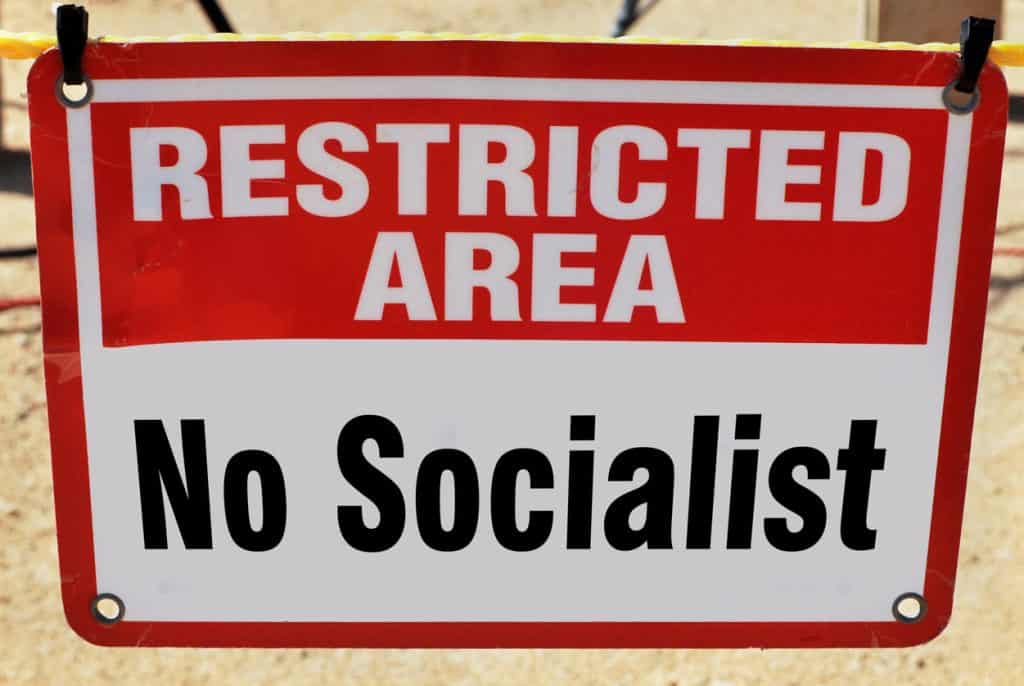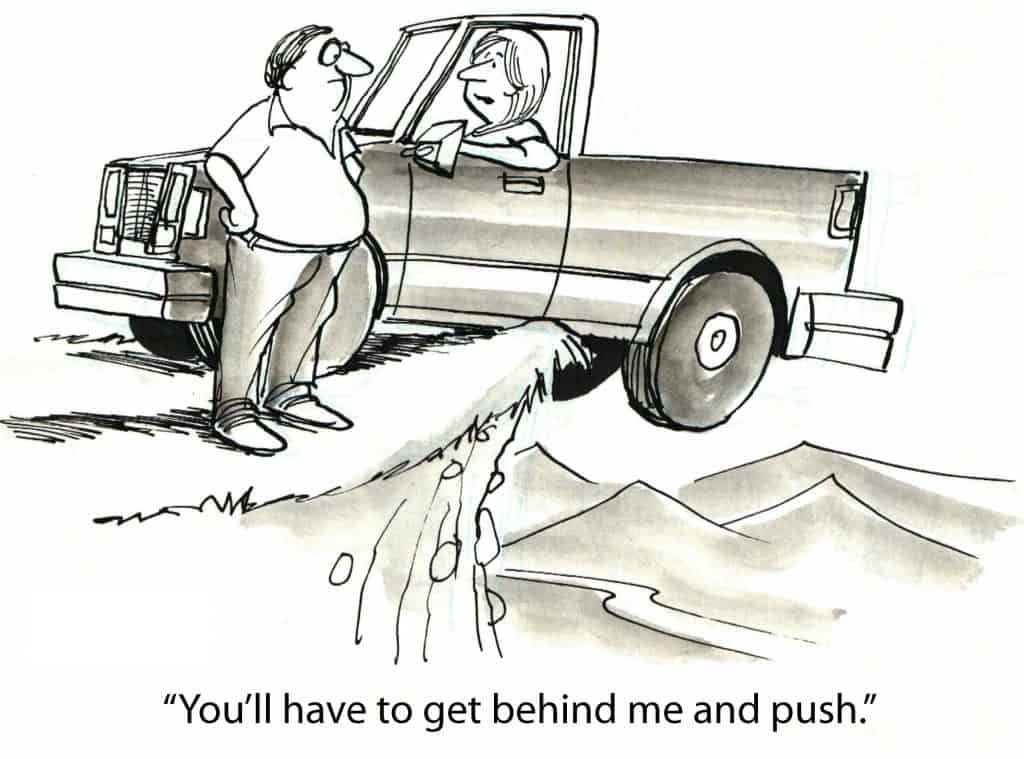Australian research into occupational health and safety (OHS) is a lot less than research into other areas of business and management, especially in relation to the psychological wellbeing of workers at all levels of the corporate structure. As such, it has become common for experts, advocates and researchers from the social, non-work, public health areas to overlay general and broad research findings on to workplaces – they are, in effect, filling a vacuum. But just because the OHS research into psychological harm is thin or immature does not mean that work does not have its own characteristics.
Over many years OHS has produced research and guidelines that include the psychological effect of sexual harassment, but it has been ineffectual or ignored for may reasons. This submission is an attempt to illustrate the potential already in existence in Australia that could be used to prevent sexual harassment-related psychological harm.

This submission has drawn almost exclusively on Australian-based documentation and research to better satisfy the title and aim of this Inquiry. This is not saying that actions and data from overseas are not relevant: there is some excellent information on the matter from the European Union[1], for instance. But quite often people seem to look overseas for evidence and solutions when Australia already has good research and advice, if one looks.
Summary of key points
- Sexual harassment often results in psychological harm to workers, and employers and PCBUs already have a legislative obligation under OHS/WHS law to eliminate (prevent) risks to health and safety, including psychological risks.
- By accepting that sexual harassment is a form of workplace violence, new prevention options may be available.
- Australia has a range of general and specific guidance on the systematic prevention of the psychological harm generated by sexual harassment, produced by Federal and State or Territorial health and safety regulators.
- Prevention of sexual harassment may be extremely disruptive to workplaces even though it remains the most effective control measure.
- Any strategy to prevent sexual harassment must have a multidisciplinary and cross-agency approach.
- Independent assessment of sexual harassment risks can be determined to internationally-recognised Standards




